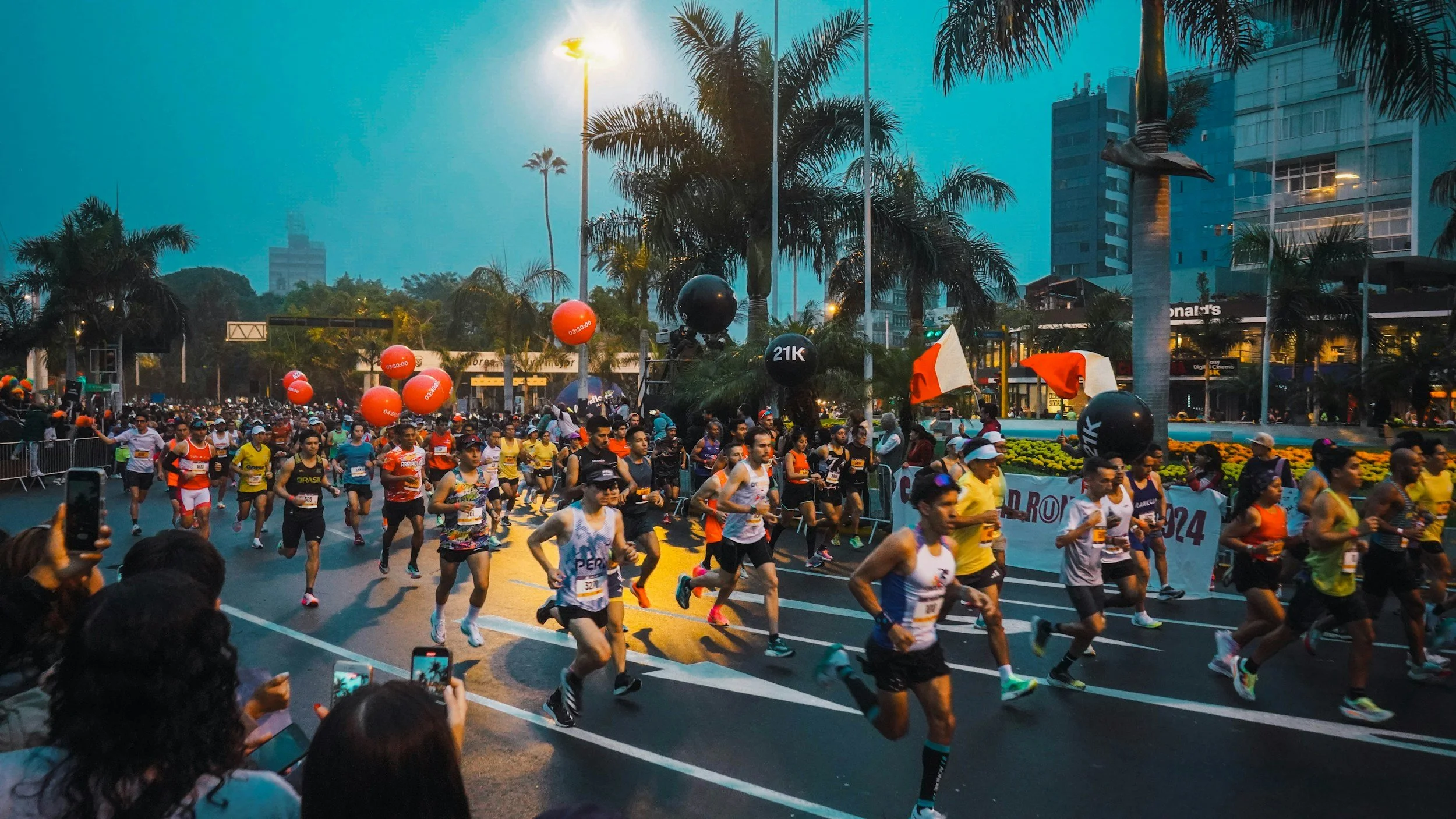How Runners Are Shaving 60+ Seconds Off Their 5K Without Running More
You train hard. You run consistently. Maybe you've even followed a marathon plan or tracked your splits.
So why does progress feel... slow? Why does your body feel tight, tired, or on the edge of injury more often than not?
Here’s the truth:
If running is the only thing you're doing to get better at running — you're leaving results on the table.
And you’re not alone.
Most Runners Are Missing the One Thing That Actually Moves the Needle
It’s not mileage.
It’s not hill sprints.
It’s not a better pair of shoes.
It’s how your body absorbs, transfers, and controls force stride after stride, kilometre after kilometre.
In other words: Your running performance isn’t limited by your lungs. It’s limited by your chassis not your engine.
Things like Weak hips. Unstable ankles. A core that can't keep your spine still when you're tired. These are the bottlenecks nobody talks about until they turn into injury, frustration, or yet another missed PB.
But here's the good news...
You Don’t Need to Run More. You Need to Run Better.
Let’s break this down from a coaching and physio perspective.
A recent study showed that recreational runners who added just three 30-minute core-focused sessions per week (with no extra running) improved their 5K time by 66 seconds on average in just six weeks. That’s a huge shift, with no added mileage.
Why? Because they didn’t just train the symptom (running). They trained the system (the body that runs).
So here are the core systems that I believe you need to upgrade in order to run at your best….the 4th one is the most important.
1. Your Core Isn’t Just For Crunches. It’s Your Power Transfer Station
If your core can't stabilise under load, your legs leak power, your spine twists, and your stride shortens. That’s energy lost and injury risk gained.
Fix it with:
Side plank with leg lift
Cross-body mountain climbers
Bird-dog holds with reach
Pallof press (anti-rotation)
These build running-specific trunk control, not just six-pack aesthetics.
2. Your Glutes Aren’t Pulling Their Weight. Literally
Your glutes drive every stride. But if they’re weak or underused, your knees, calves, and lower back take over and eventually, take the hit.
Fix it with:
Bulgarian split squats
Step-ups with slow knee drive
Lateral band walks
Single-leg glute bridges
Strong glutes = better propulsion, more stability, fewer overuse injuries.
3. Your Ankles & Feet Are Wobbling With Every Step
Running loads the foot and ankle with 2–3x your bodyweight every stride. That’s thousands of reps per run. If the base is unstable, the entire system suffers.
Fix it with:
Barefoot balance drills
Calf raises off a step (slow down, fast up)
Toe spread & lift drills (aka "toe yoga")
Short foot holds (engage the arch)
4. Your Warm-Up Is Lazy or Non-Existent
Starting a run cold is like revving a cold engine and expecting performance. You’re not just stiff you’re unprepared.
Do this 5-minute sequence instead:
Lunge with twist
World’s Greatest Stretch
A-skips or high knees
Glute bridges with band
This opens the hips, activates your core, and gets your nervous system firing.
Want to Run Faster, Longer, and Pain-Free? Start Training Like an Athlete
The runners who stay injury-free and improve consistently aren’t always the ones doing the most. They’re the ones training the smartest.
They build the body to handle the mileage.
They fix the imbalances before they cause pain.
They warm up with intention and recover with structure.
They’re proactive, not reactive.
So whether you’re prepping for:
A faster 5K
A stronger 10K
Or the best Dublin Marathon of your life
Ask yourself:
“Am I building a body that can handle what I’m asking it to do?”
If not, now’s the time to fix it.


